It’s official – ties are back in fashion. If you’re old enough to remember being forced to wear one, that may not sound like good news. But today’s ties bring an air of understated elegance and sophistication back to men’s fashion.
In recent years, we’ve seen an androgynous flamboyance dominating the runways. Now neckties are introducing a retro nod to traditional notions of masculinity. This time around, though, you’re free to experiment with color, patterns, and styles. The accessory that used to be about blending in is now your opportunity to stand out.
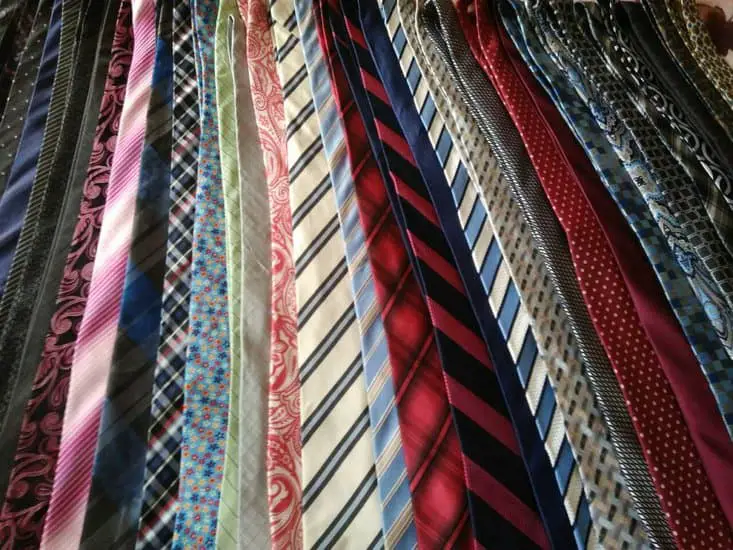
The old rules are there to be broken but just keep on reading if you want some basics to work with when it comes to how to match ties with shirts, all while building your confidence.
Reasons to Wear a Tie
Sure, it’s no longer compulsory to wear ties to work or even weddings and funerals. And for those of you working from home, it may be tempting to drop any formality at all. But there are a few good reasons to make an effort to don a tie daily, as we will look at these below.
Ties give you confidence – A well-tied tie frames your face, especially on a video conference screen. It’ll make you hold your head up high, stand straight, and pull your shoulders back. How you dress is interpreted as reflecting your success, intelligence, and authority, so make it work for you. And watch how people begin to take notice.
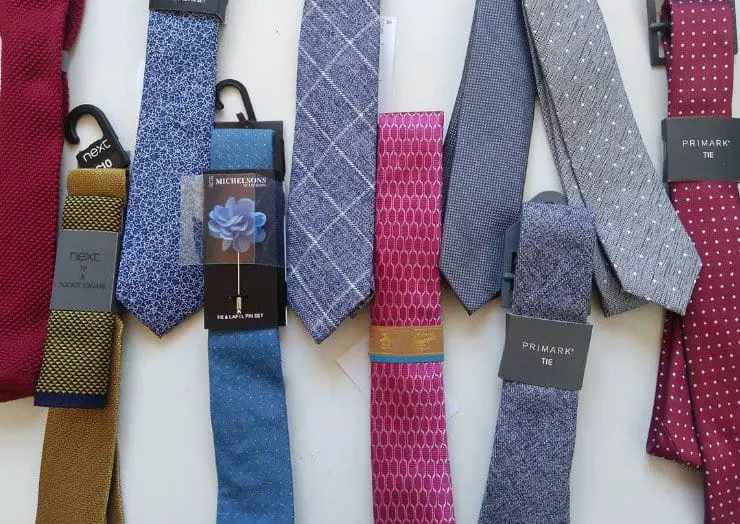
Ties can make you more productive – Getting dressed is an essential part of the work routine. Don’t let it fall by the wayside just because you’re working from home. Looking smart is half of acting smart. And pulling your tie off at the end of the working day is an excellent way to signal separation between work and private life.
Lastly, how you dress isn’t just a reflection of you – Don’t be the kind of partner that doesn’t care enough to make an effort with his appearance. Being on the arm of a well-dressed man can do wonders for your other half’s confidence too.
Color Basics
Looking at the color wheel, colors close to each other are referred to as similar or analogous. You can’t go wrong selecting a primary color and picking out accessories in similar colors.
Colors on the opposite side of the wheel are referred to as complementary. Complementary colors can appear striking when combined but can also be “too much” if not toned down a bit.
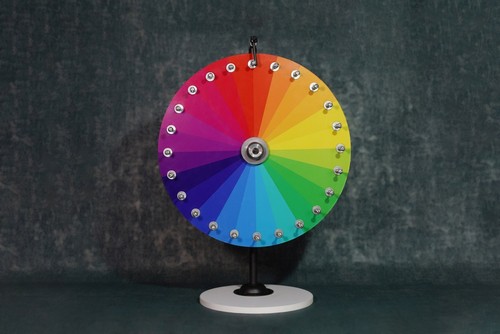
Contrasting colors have three colors in-between. When combining contrasting colors, make one a significantly darker hue than the other.
Plain on Plain
Every man needs four plain shirts in his wardrobe: classic white, sky blue, pink, and raw denim (or chambray at a push). Your tie should always be a darker shade than your shirt.
For a sky blue shirt – Pair with similar colors of a darker shade like navy or dark green, or a complementary burnt orange, mustard, shades of red or black tie.
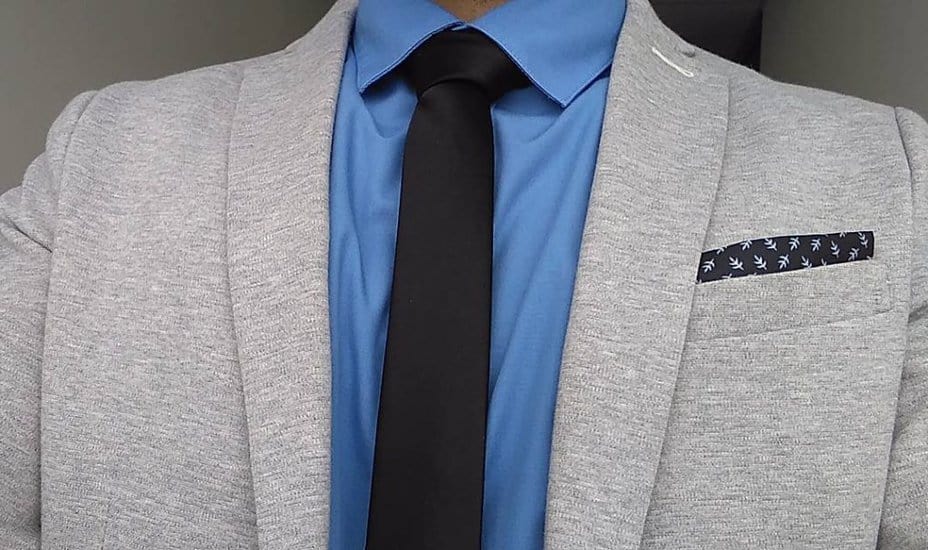
For a pink shirt – Pair with a similar color like a dark purple or complementary navy tie. A contrasting green can make a statement if you’ve got the confidence to pull it off. Try a dark khaki, perhaps.
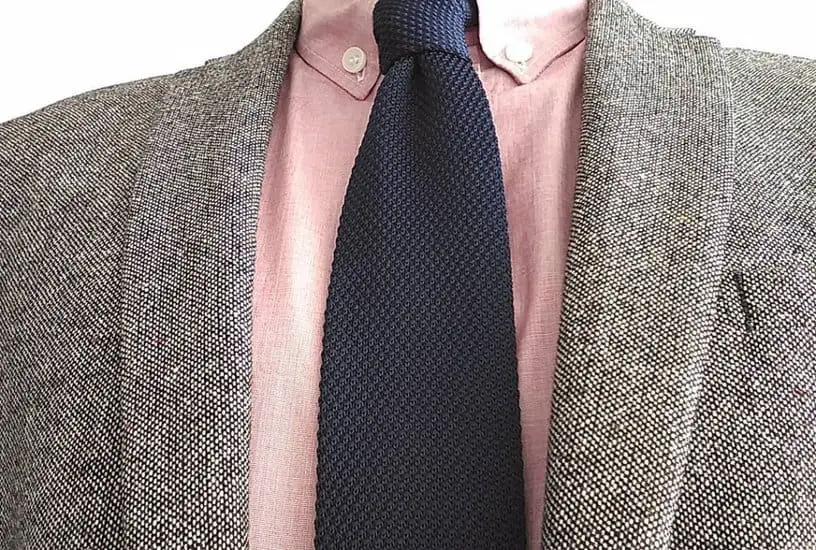
Plain on Pattern and Vice Versa
Please don’t be scared of patterns; they can add interest and dimension to an otherwise dull wardrobe. When we talk of patterns, we’re talking anything from conservative checks (ginghams), dots, and stripes, to wild paisley and florals.
Houndstooth, plaids, and herringbone are very traditional men’s patterns but increasing the scale and mixing up colors can give them new life.

When pairing a solid tie on a patterned shirt, select a darker hue of one of your shirt pattern colors. So a navy tie works well on a blue and red checked shirt, as would a burgundy tie. For a patterned tie on a solid shirt, reverse the logic and select a shirt in a lighter hue of one of your tie colors.
And of course, your classic white shirt will go with any patterned tie, so if all else fails, get back to basics.
Pattern on Pattern
This is where things can go either terrifically right or horribly wrong. The right personality can carry off anything; let’s be honest. For those of us less bold, consider the below pattern fundamentals:
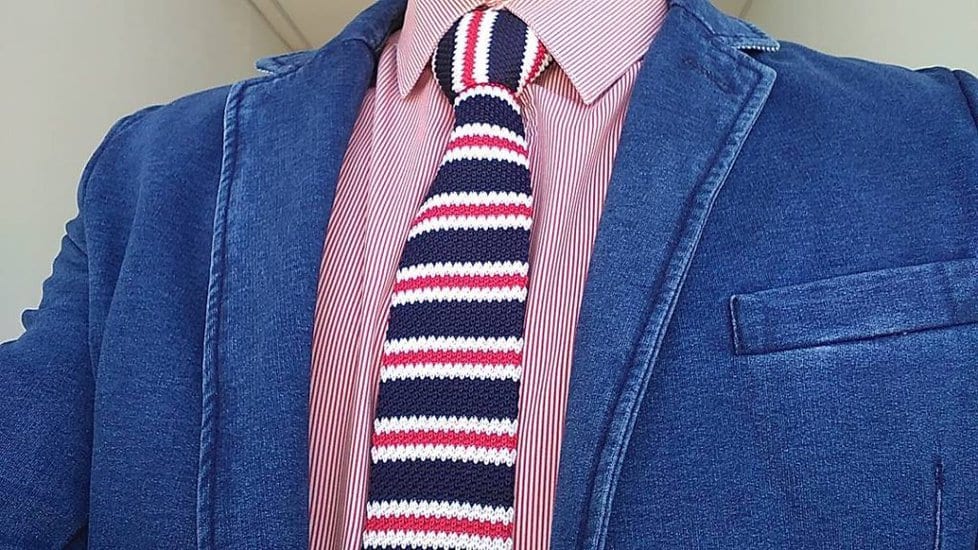
- Patterns should contrast – you can wear stripes with stripes or checks with checks, but the patterns should differ in scale.
- Your tie pattern should always be bigger than the shirt pattern. The one possible exception to this is a pin-dot tie, where the pattern is so small it acts like a solid.
- Match a pattern detail in the tie with the dominant color of your shirt.
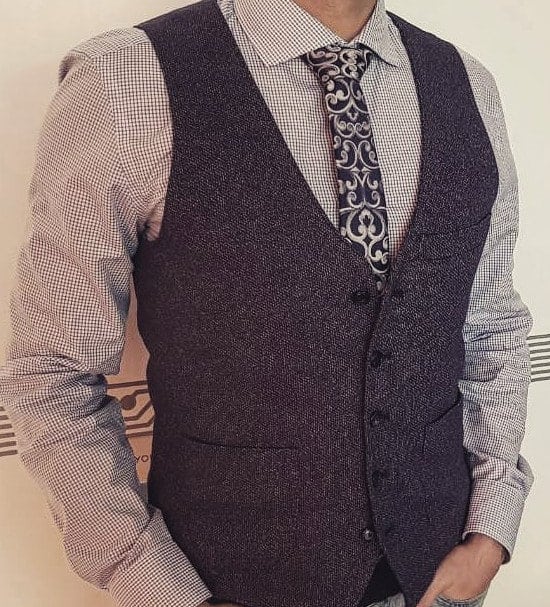
Some combinations that work well include: a boldly striped tie with a fine gingham shirt, a plaid tie with a striped shirt, a dotted tie with a gingham shirt.
Perhaps more important than the “dos” are the “don’ts” when pairing patterns with patterns. Greg Shugar, the co-founder of The Tie Bar, has some “no-nos” worth paying attention to as follows:
- Never wear a plaid tie with a gingham shirt
- Never wear floral on floral
Texture
If the idea of patterns still scares you, consider a knit tie in a solid color. The texture will add dimension without any threat of unintended optical illusions. Furthermore, the square end gives the tie a modern feel. Knit ties are travel-friendly too because they don’t crease. However, note that they tend to come in slimmer styles, so you won’t be able to use the same variety of knots as with a woven tie.
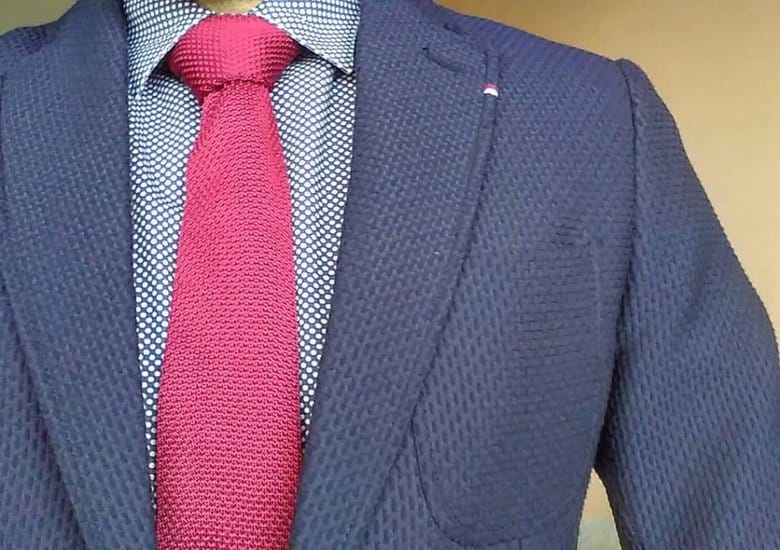
Things To Consider When Matching Ties With Shirts
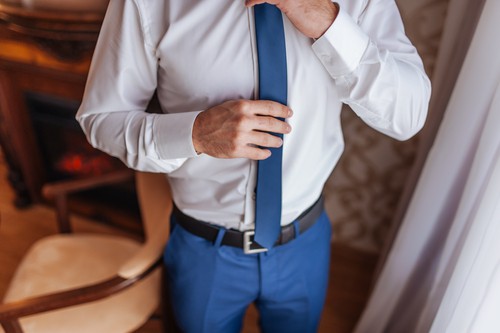
When wearing a tie, you’ve got to think about several different factors that can help indicate what kind of combination you should be considering. Let’s take a look at the four factors to consider:
1. Occasion
When you consider the occasion; you’re able to make educated decisions on what kind of suit you’ll be wearing, the fabric of the shirt, and a potential design for the tie. For example, a funeral isn’t the place for a tie that’s bold and overly patterned. Patterns are for casual events, silk is more formal, and cotton or knit ties are more universal in their appeal.
2. Season
The time of year also makes a difference in what kind of tie you wear as you consider the weight of the tie. In the hotter seasons, you want ties that use lightweight fabric like linen or cotton. In the colder season, maybe a wool tie. Additionally, the design of the tie will be considered during the seasons, like a light and bright tie for Summer and a more subdued and darker tie in winter.
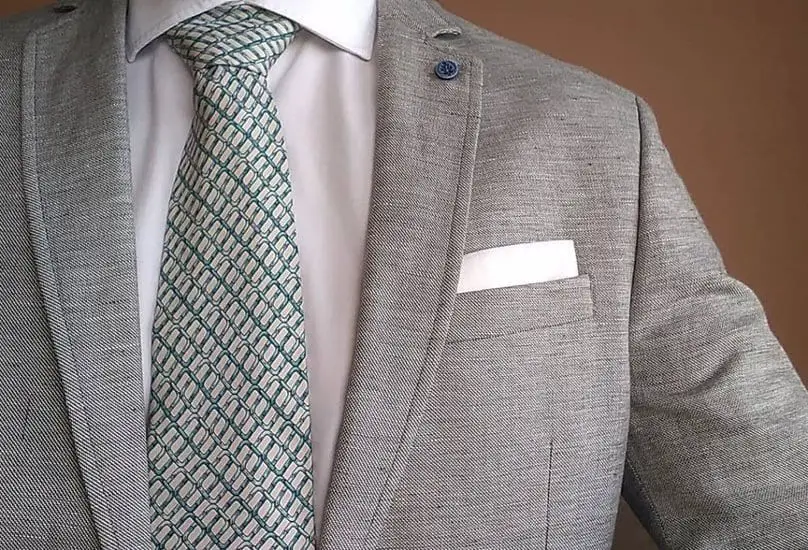
3. Mixing & Matching
How you mix and match your tie to your outfit is one of the biggest factors to consider when it comes to using a tie. Your outfit is the main event, and the tie is meant to be a pièce de résistance. You want the look to be ‘tied’ together, pun intended, by something worthy of the outfit you’re wearing. So take in all the factors previously mentioned to ensure you’re adding the right elements to your look to avoid it becoming too busy, not good enough, or not suitable in terms of season, occasion, and quality.
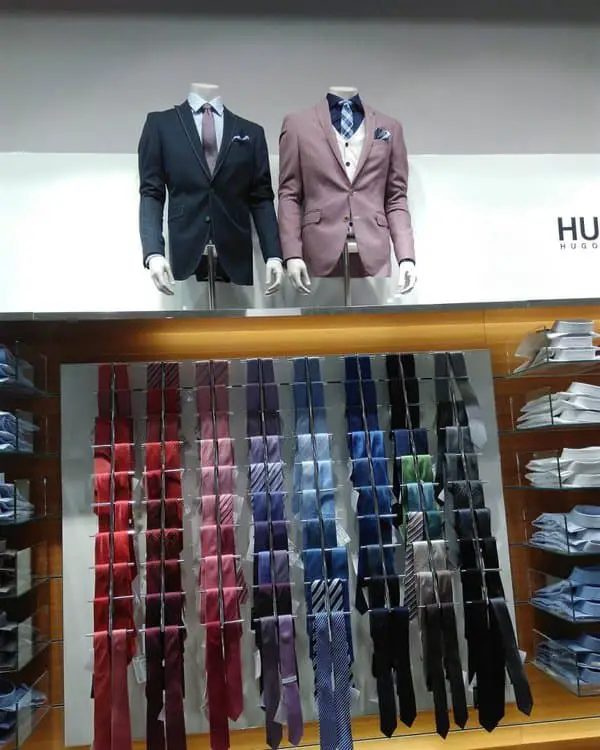
4. Quality
If you’re wearing a high-end suit or clothing that costs you a fair amount of money, why would you match it with a tie that’s in poor condition and of poor quality? The answer is simple: you won’t. At least, you shouldn’t. Quality doesn’t always mean overly expensive, but there’s a visible difference between clothing (especially ties) that’s cheaply made and clothes that have been given some form of care and attention.
FAQs
What is the best combo for a charcoal grey suit?
When it comes to matching a tie to a charcoal grey suit, you’re in luck because this is one suit choice that opens you up to a world of options. You want to have a white shirt, and for the tie, you’ve got two options. You can keep it in line with the suit itself and get a darker grey tie, or you can experiment with different, perhaps bolder options. This suit is like a tie’s playground, so see how you can have fun with it. You can wear the charcoal gray blazer in a casual way. A great match in this case would be a blue knit tie on white dots and navy blue pants as shown in the below picture.
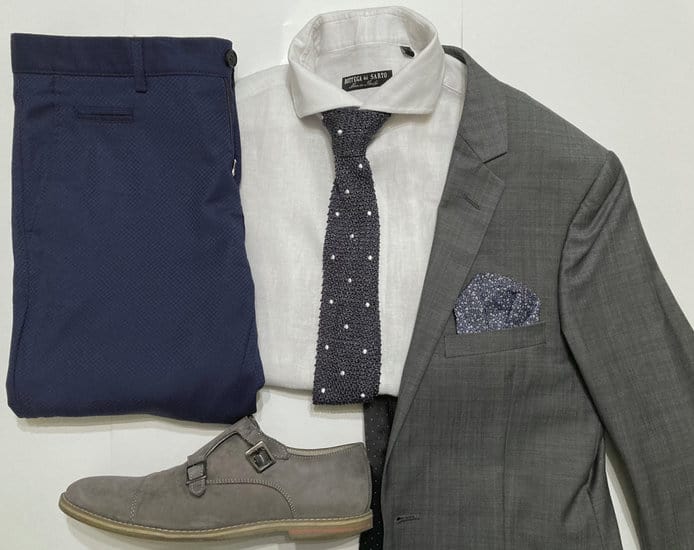
Should my tie be darker than my suit?
In theory and going by general practice, yes. However, things have changed, and you’re not as held down to these standards as much as we once were. So, while that’s the general consensus, it doesn’t mean you can experiment a little and see what you can get away with.
Final Thoughts on How to Match Ties with Shirts
Oscar Wilde is quoted as saying, “A well-tied tie is the first serious step in life.” Admittedly he had a flair for the dramatic, but many a true word is said in jest. Embrace the tie, then sit back and enjoy the reaction that your tie and shirt combination bring about. Happy matching!

Samoel Ovanessian is the founder and creator of StylishAlpha.com – a website dedicated to men’s fashion. As a proud owner of more than 200 ties, he loves digging through new clothing combinations for everyday use, formal events and even just for fun. You can read more about Samoel here.

